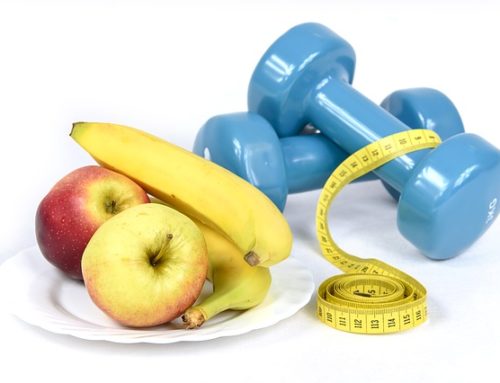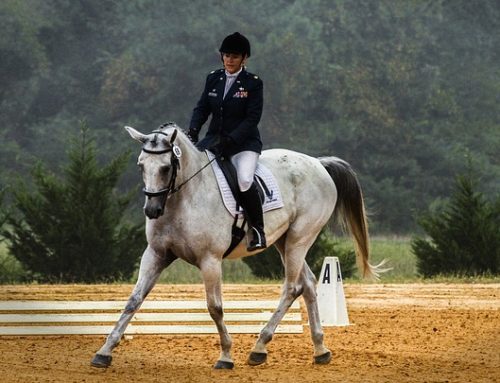 For a long time there has been much misconception over the effects of running, and whether or not this high impact sport is in fact good for you. In this article our Wantage Chiropractor reviews the pros and cons of running, looking at the impact stresses on the joints of the body and how to avoid injury.
For a long time there has been much misconception over the effects of running, and whether or not this high impact sport is in fact good for you. In this article our Wantage Chiropractor reviews the pros and cons of running, looking at the impact stresses on the joints of the body and how to avoid injury.
Knee osteoarthritis accounts for more disability in the elderly than any other disease. Running, although it has proven cardiovascular and other health benefits, can increase stresses on the joints of the leg. In a recent study published in an issue of PM&R: The journal of injury, function and rehabilitation, researchers compared the effects on knee, hip and ankle joint motions of running barefoot versus running in modern running shoes. They concluded that running shoes exerted more stress on these joints compared to running barefoot or walking in high-heeled shoes.
Unfortunately this isn’t simply a case of ditching your running shoes and running around the countryside barefoot, no matter how at one with nature you may feel. Running barefoot is more common than you think, but the benefits of reducing these impact stresses comes more through the style associated with barefoot running than the simple throwing away of the shoes. Scientists have found that those who run barefoot, or in minimal footwear, tend to avoid “heel-striking,” and instead land on the ball of the foot or the middle of the foot. In so doing, these runners use the architecture of the foot and leg and some clever Newtonian physics to avoid hurtful and potentially damaging impacts, equivalent to two to three times body weight, that shoe heel-strikers repeatedly experience.
While the typical construction of modern-day running shoes provides good support and protection of the foot itself, one negative effect is the increased stress on each of the 3 lower extremity joints. These increases are likely caused in large by an elevated heel and insufficient material under the medial arch, both characteristic of today’s running shoes.
One key concern of an elevated heel in running shoes is that of shortening the achilles tendon and subsequently increasing the incidence of injury when running. Insufficient medial arch support in turn leads to rotational movements through the knee joint and even higher pelvic and lower back problems as a consequence.
One benefit of most running shoes however is that the main inner structure of the shoe can be removed and replaced with an insole that is tailored to your personal running style. These insoles are called orthotics and are individually designed to support your feet where it is most needed. At Espina Chiropractic Clinic we can help you not only slip into that perfect slipper but also ensure you do go to the ball, running without discomfort and maintaining a healthy body. Optimise your sport, optimise your health!
To find out more contact us at info@espina.co.uk or visit our website at Espina Chiropractic Clinic.








